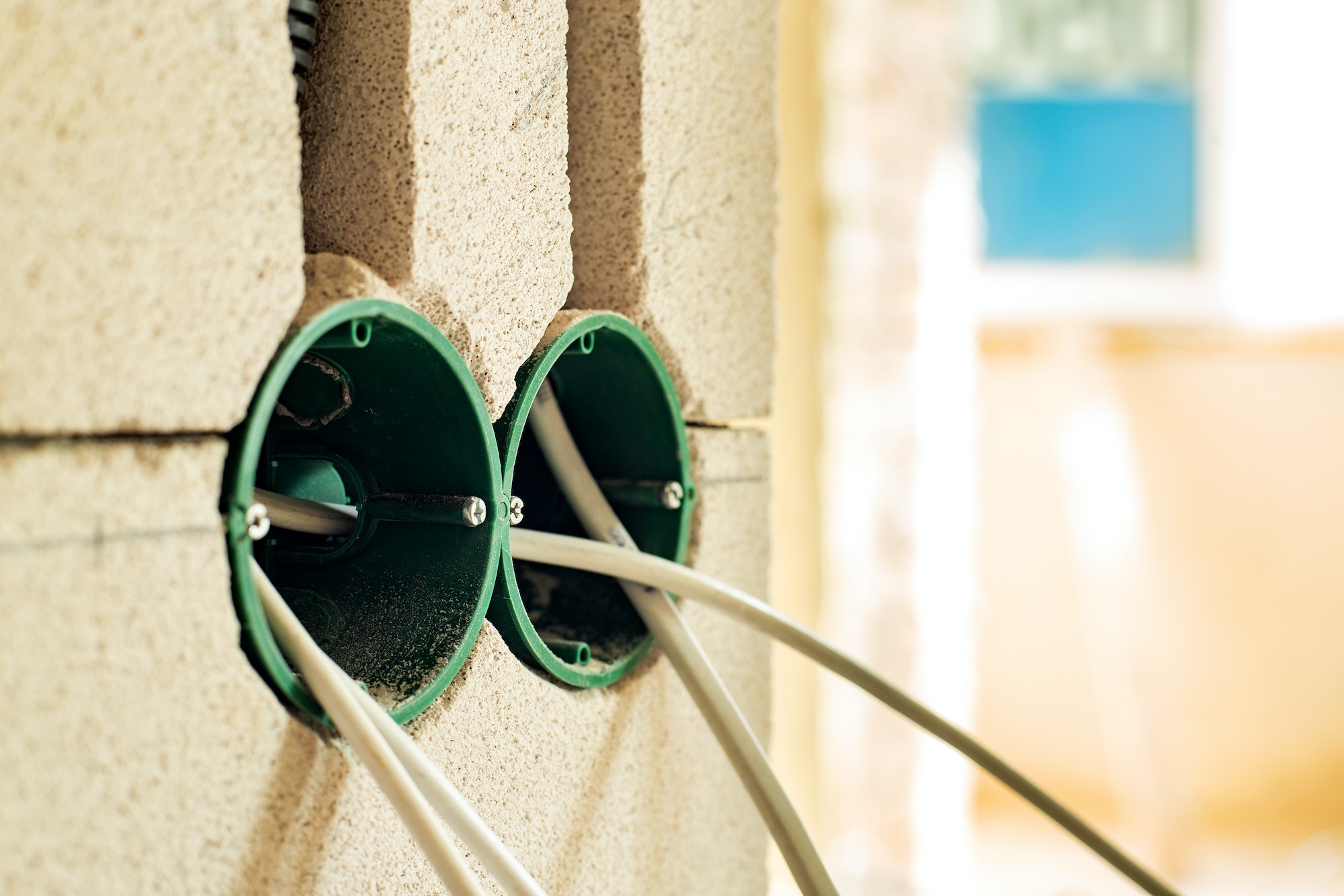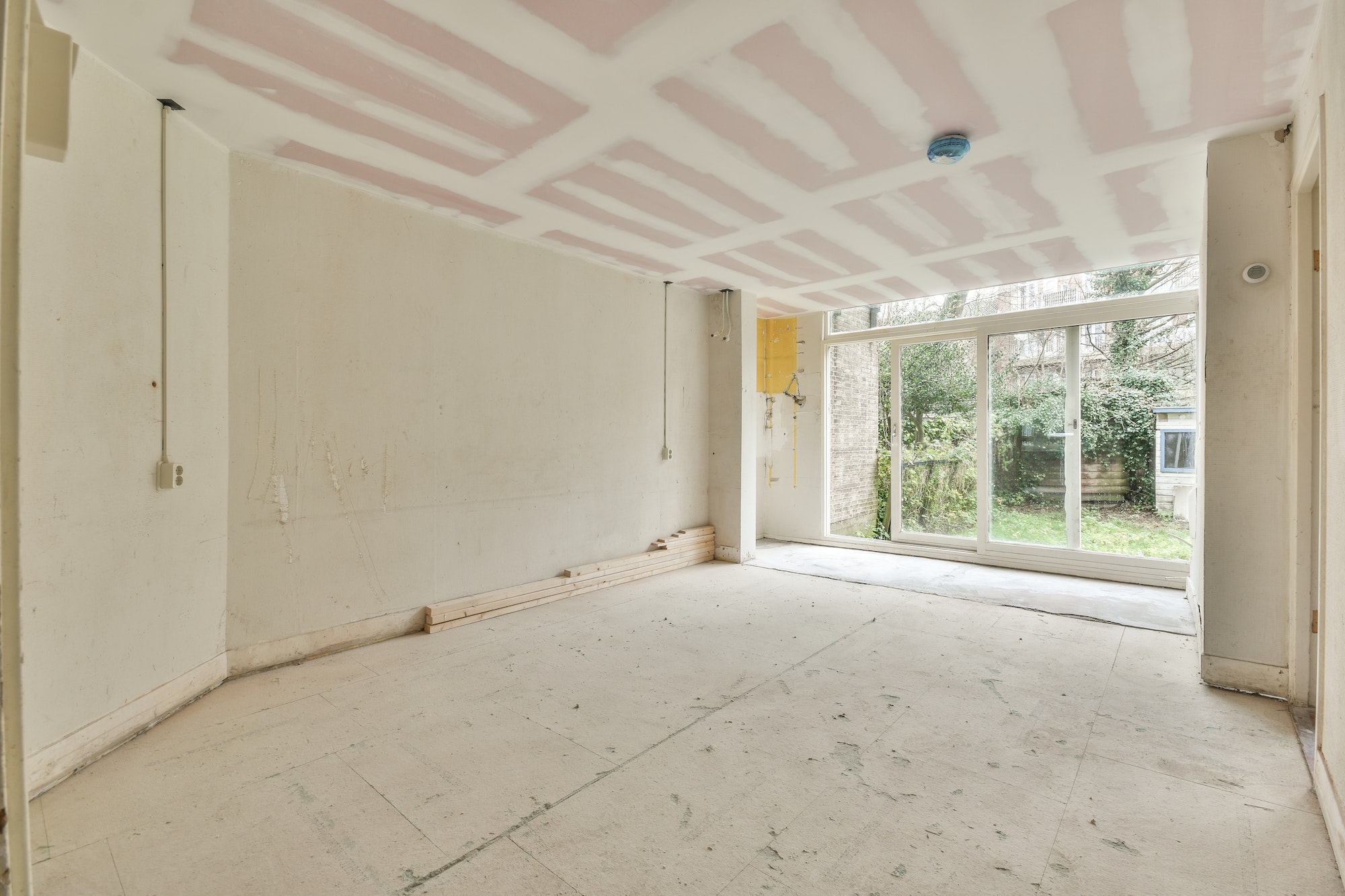Extreme weather events have become more common in recent years. It’s now common to see hurricanes, tornadoes, and major storms devastating whole swaths of the country, sometimes multiple times in one season. As the frequency and intensity of storms continue to increase, property owners are taking action by looking for ways to protect their property from the power outages that often result from high winds, heavy snow, driving rain, and other inclement weather conditions. Those interested in learning how to improve their buildings’ odds of weathering power outages successfully can start by reading on to find out about five key points to remember about recovering safely from a power outage.
- Prevention Is the Best Cure
The best way to prevent unnecessary interruptions in electrical service is to install a generac power cell. These battery banks are large enough to supply most modern homes with all the power required to keep essential systems online during storms. They can also be hooked up to solar panels or fuel-powered generators to offer lasting protection in the event that a serious storm takes the home off the grid for longer than a few hours.
Routine power outages rarely last a full day. A properly sized battery bank should be able to run all essential appliances and provide an uninterrupted source of power to weather the outage. If a severe storm rolls through, though, that may not be enough. Once the batteries are drained, homeowners will be out of luck if they don’t have a backup power source. Combining a solar system or a generator with a battery bank is the most effective way to ensure a constant power supply.
- Check the UPSs
Most property owners are tempted to turn all of their lights, appliances, and equipment back on as soon as the utility company restores power. Unfortunately, this hasty approach can lead to complications further down the line, especially in large buildings with complex electrical systems. The problem is that turning everything on at once can compromise the uninterruptible power supplies (UPSs).
UPSs play an essential role in commercial electrical systems by protecting various loads. The number and location of a building’s UPSs vary depending on how large the building is and what it’s used for. Hospitals tend to have many UPSs to protect sensitive medical equipment, while offices usually have just a few to protect critical systems like security cameras and emergency lighting.
Even residential homes often have at least one UPS to protect sensitive equipment like computers. Households with medical equipment may have multiple uninterrupted power supplies. No matter how many UPSs a building has and where they’re located, it’s important to check that they survived the outage in serviceable shape before turning the power back on.
- Check for Storm Damage
After a storm, it’s important to look for signs of water damage before turning the power supply back on. If one or more rooms have flooded, for example, turning the electricity to that area of the building back on can create serious safety risks. Cut all the power to flooded or water-damaged rooms and conduct a visual check of the rest of the property before restoring the electricity. If there are any signs of flooding or other storm damage, it’s best to contact a storm remediation specialist before turning the power back on.
- Proceed With Caution
Once building owners have confirmed that there is no acute damage to their properties from the storm, they can start to turn the power back on. The safest way to go about restoring power is to proceed with caution. Start with every circuit breaker in the electrical panel closed off and test each line independently using a voltage meter to ensure that power is still flowing as intended. Make sure all the lights are turned off and nothing is plugged into the outlets while testing the circuits.
If the power is still out to just one area of the building, double-check the circuit breaker, as the problem may be as simple as a blown fuse or tripped breaker. If replacing the fuse doesn’t resolve the problem and the circuit breaker trips again, there’s likely a short in the system. Leave the shorted circuit offline until an electrician can find the defect.
Given that electrical panels are often found in basements and other moisture-prone areas of modern homes and even some commercial buildings, it’s worth exercising some extra caution when resetting circuit breakers or replacing fuses. Make sure the entire area is dry. Never reset a circuit breaker or replace a fuse while standing on a damp surface or with wet hands.
- Don’t Forget to Check the Drinking Water
Whether buildings are connected to the municipal water grid or rely on wells for drinking water, residents or occupants should not drink the water following a storm until after it has been tested. Serious flooding events can introduce bacterial and nonbacterial contaminants to both private wells and public water supplies.
Rainwater can be introduced into the sewage system, carrying contaminants back into the drinking water supply. Soil and sediment can be washed into wells during a storm. Floodwaters may wash chemicals like gasoline or heating oil into pipes or wells, and other toxins may be introduced into the water table.
Families and business owners who get their water from the municipal grid will usually receive alerts about potential contamination from storm events. Those with private wells don’t have the luxury of relying on public alert systems, so they’ll have to take matters into their own hands. Ultimately, it’s best for all property owners to test their water following any severe weather events.
The Bottom Line
Recovering a building safely following a storm-induced power outage can be extremely stressful. If property owners miss even one electrical short or damaged UPS, it can increase their fire risk or cause problems for sensitive electronics later. By far the most effective way of dealing with power outages is to have a plan in place for maintaining an on-site power supply before the next big storm hits.
Discover more from Futurist Architecture
Subscribe to get the latest posts sent to your email.




